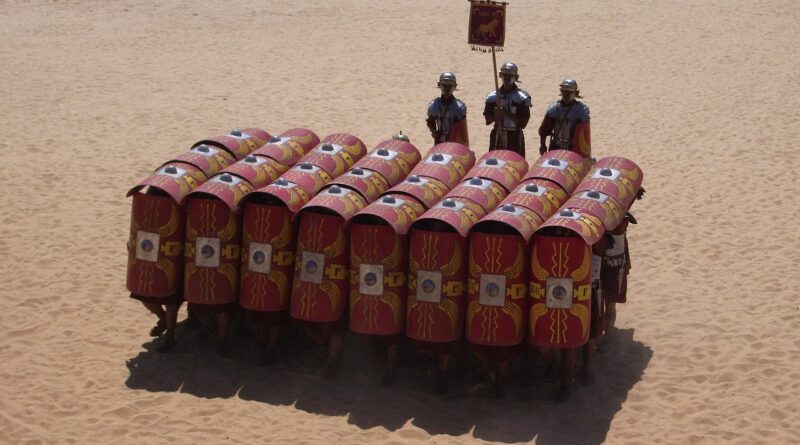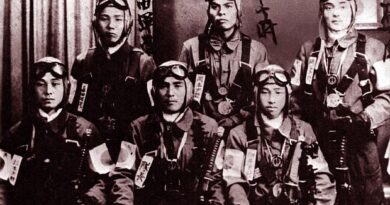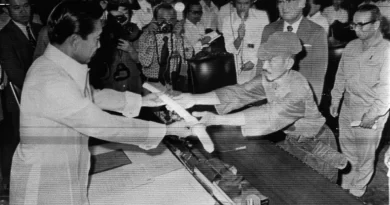Testudo Formation: Unveiling the Impenetrable Roman Tactic
Introduction
The Roman Empire, renowned for its military might and strategic brilliance, employed various tactics to gain the upper hand in battles. One of the most iconic and effective formations utilized by the Roman legions was the “testudo,” meaning “tortoise” in Latin. In this article, we delve into the fascinating history, implementation, and effectiveness of the testudo formation—a formidable defensive tactic that allowed Roman soldiers to withstand enemy onslaughts.
Origins and Purpose
The testudo formation originated from the need to protect Roman soldiers from a barrage of projectiles, most notably from enemy archers. The formation involved overlapping shields held close together, creating a shield wall that covered the front, sides, and top of the soldiers, forming an impenetrable barrier. This tactic effectively neutralized the effectiveness of arrows, javelins, and other ranged attacks, allowing the Roman legionaries to advance or hold their ground with minimal casualties.
Formation and Execution
To execute the testudo formation, soldiers in the front row would kneel and interlock their shields horizontally to form a solid line of defense. The soldiers in the subsequent rows would hold their shields above their heads, providing cover from above. The resulting formation resembled a tortoise shell, hence the name “testudo.”
The tightly packed formation ensured that there were no gaps between the shields, denying the enemy any opportunities to exploit weak points. This defensive configuration maximized the protection for the Roman soldiers and allowed them to advance toward their objective or hold a defensive position, providing a secure foundation for subsequent offensive or defensive maneuvers.
Effective Defense against Projectiles
The primary objective of the testudo formation was to neutralize the threat of enemy projectiles. The overlapping shields provided multiple layers of protection, creating a near-impenetrable barrier. Arrows and other projectiles would either bounce off the angled shields or become embedded in the gaps between them, minimizing the risk of fatal or debilitating injuries to the soldiers within the formation.
Moreover, the testudo formation also acted as a shield against falling objects such as rocks, boiling oil, or incendiary devices that were often employed during sieges or defensive actions. This defensive prowess allowed the Roman legions to maintain a strong presence on the battlefield and deter enemy attacks, even in the face of overwhelming odds.
Limitations and Adaptations
While the testudo formation was highly effective against projectiles, it did have its limitations. The tightly packed formation restricted the mobility and offensive capabilities of the Roman soldiers. Moving or fighting in the testudo required coordinated efforts and synchronized actions, making it unsuitable for swift or dynamic maneuvers on the battlefield.
Furthermore, the formation was vulnerable to attacks from the flanks or rear. To counter this, the Roman legions would deploy additional units to protect the exposed sides, reinforcing the defensive integrity of the testudo.
Legacy and Influence
The testudo formation became synonymous with Roman military might and disciplined tactics. Its reputation spread far and wide, striking fear into the hearts of enemies who recognized its impenetrable nature. The testudo not only served as a defensive tactic but also as a psychological weapon, instilling a sense of invincibility and discipline among Roman soldiers and demoralizing adversaries.
Over time, the testudo formation influenced subsequent military strategies and tactics. Various cultures and armies throughout history have adapted and employed similar defensive formations to protect against projectiles or create a solid defensive front.
Conclusion
The testudo formation stands as a testament to the ingenuity and tactical brilliance of the Roman Empire. With its interlocked shields and impenetrable defense, the testudo allowed Roman soldiers to withstand projectile attacks and maintain a formidable presence on the battlefield.



